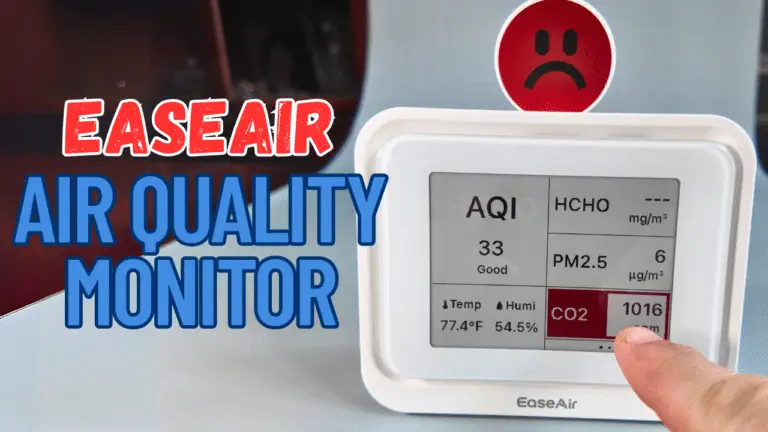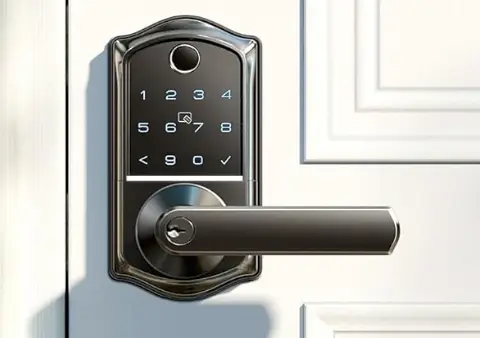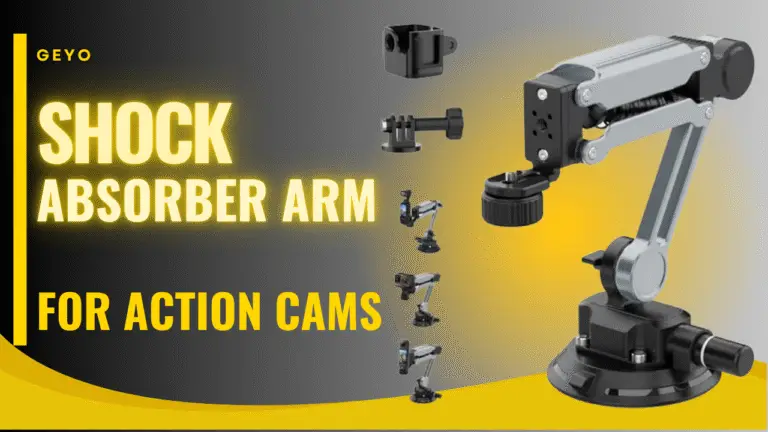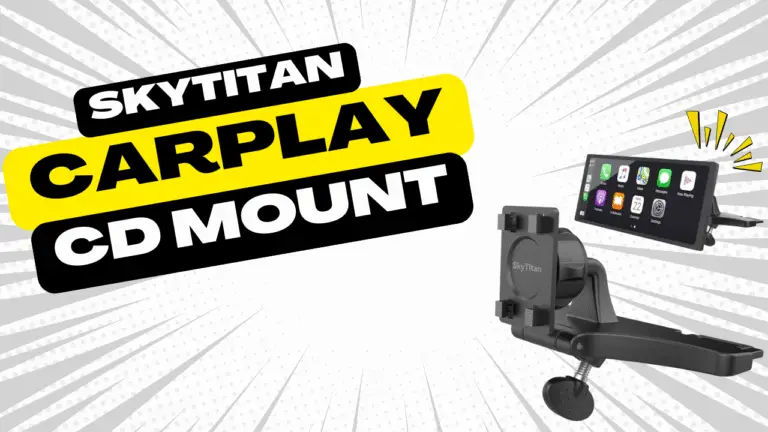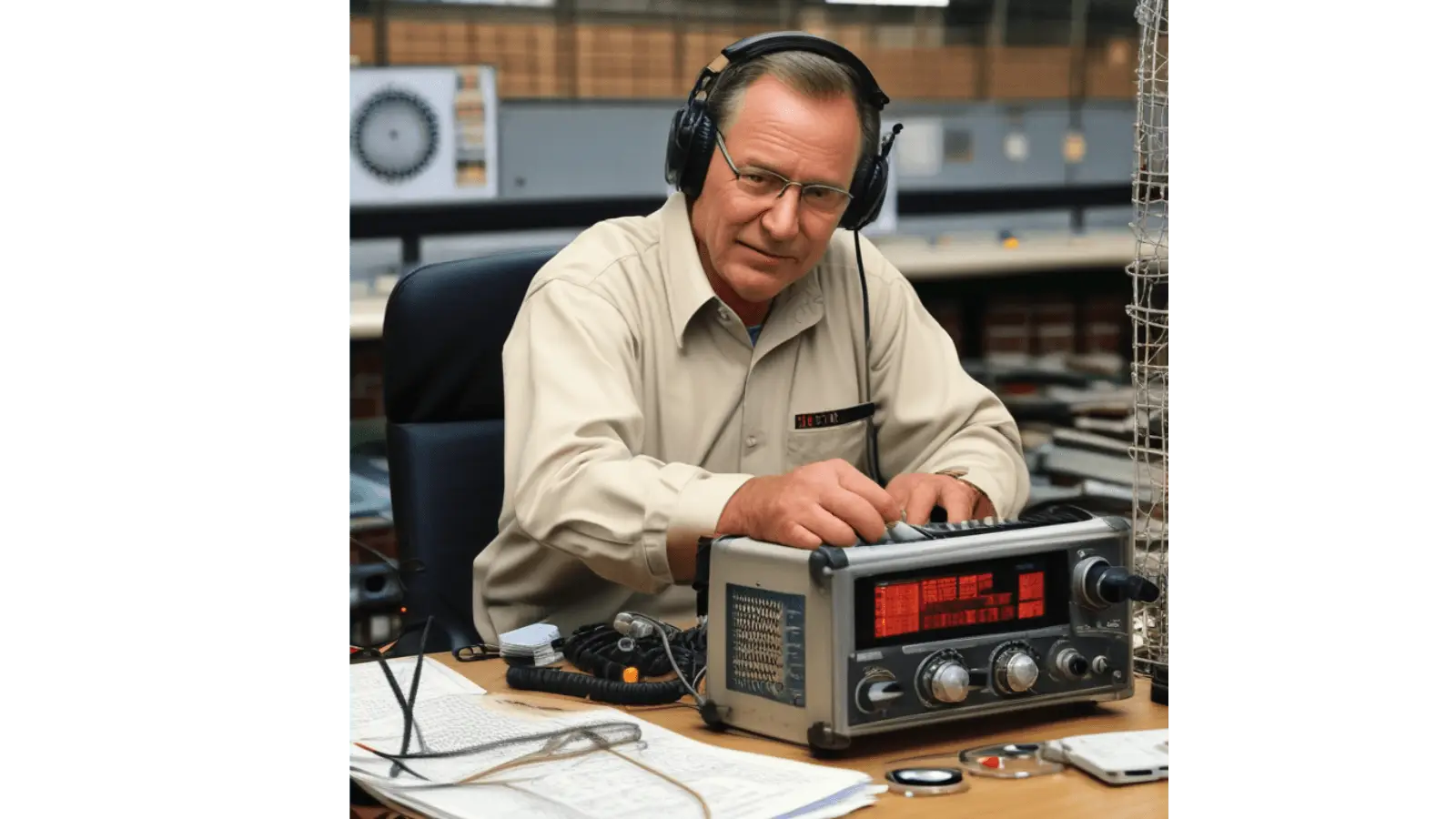
Amateur Ham Radio Operator
Share this content:

The Basics of Amateur Ham Radio
Amateur ham radio, often simply referred to as ham radio, is a popular hobby that enables individuals to communicate via radio frequencies allocated specifically for this purpose. The origins of amateur radio date back to the early 20th century, where enthusiasts began experimenting with wireless communication technology. Over time, this hobby has evolved into a well-established community, one that not only encourages technical skill development but also fosters relationships among operators across the globe.
To operate a ham radio, one must obtain a license granted by the relevant telecommunications authority in their country. The licensing process generally involves passing an examination that tests knowledge in areas such as radio theory, regulations, and operating practices. There are typically multiple classes of licenses, with each class permitting access to different frequencies and modes of communication. The higher the class, the more privileges are granted, allowing operators to utilize a wider range of bands and more advanced equipment.
In terms of equipment, a basic ham radio station includes a transceiver, antennas, and various accessories such as power supplies and microphones. Operators can utilize an assortment of frequencies, including HF (high frequency), VHF (very high frequency), and UHF (ultra high frequency), each serving specific communication needs and distance capabilities. Communication methods range from voice transmissions to digital modes, providing flexibility in how information is shared among amateur radio operators.
Beyond the technical aspects, the amateur ham radio community plays a significant role in enhancing the experience of operators. Enthusiasts frequently participate in local clubs, events, and contests, cultivating camaraderie and sharing knowledge. This supportive network not only contributes to individual skill improvement but also reinforces the spirit of cooperation in emergency situations, where ham radio often serves as a vital communication link during disasters.
Disaster Preparedness: Why You Need Ham Radio
Amateur ham radio operates as a vital communication tool during emergencies, offering a reliable means of communication when traditional systems falter. In scenarios where phone lines are down, cellular networks become congested, or the power grid is compromised, ham radios provide an alternative that can be crucial for coordinating response efforts. The unique characteristics of ham radio allow operators to communicate over vast distances without the reliance on infrastructure that may be damaged in a disaster.
Historical instances underscore the importance of amateur radio in disaster preparedness. For example, during Hurricane Katrina in 2005, ham radio operators played a pivotal role in connecting emergency services with stranded residents and coordinating relief efforts among various agencies. Similar patterns were observed in the aftermath of the 2010 earthquake in Haiti, where ham radio operators established communication with international rescue teams, facilitating the transfer of essential information regarding survivor locations and needs. These examples illustrate that in times of crisis, ham radio serves not just as a communication tool, but as a lifeline that helps save lives.
To become part of the emergency communication network, individuals can take practical steps to prepare their own ham radio setups. This includes obtaining a ham radio license, which requires passing an exam that covers basic operational procedures and regulations. After acquiring the necessary license, enthusiasts should invest in robust equipment capable of reliable transmission under adverse conditions. Regular participation in local ham radio clubs can provide valuable experience and establish connections with other operators, enhancing community preparedness. Additionally, joining organizations like the Amateur Radio Emergency Service (ARES) or the Radio Amateur Civil Emergency Service (RACES) can further integrate individuals into a network of voluntary emergency communicators, thereby amplifying their role in disaster response efforts.
Backup Communication in Crises
Amateur ham radio serves as an invaluable tool for communication during crises, providing a reliable backup when traditional avenues fail. The diverse modes of communication available within ham radio—voice, digital, and Morse code—offer unique benefits that can be crucial during emergencies. For instance, voice communication allows for immediate and straightforward conversations, facilitating real-time exchanges of vital information. On the other hand, digital modes, such as packet radio or Winlink, can send data over long distances, which is particularly useful for transmitting messages when voice communication is compromised. Morse code, although seemingly archaic, remains remarkably effective; its simplicity allows for communication in situations where voice transmission is not possible due to interference or equipment limitations.
To maximize the utility of ham radio during emergencies, establishing communication protocols with local amateur radio clubs and emergency groups is essential. These organizations often have established networks and trained operators who can facilitate effective communication during disasters. Cooperation with these groups can ensure that amateur radio operators are well-prepared to coordinate relief efforts and relay important information to the public. Therefore, interested hobbyists should consider joining these organizations to foster strong relationships and familiarity with emergency communication practices.
Setting up a portable ham radio station for emergency deployments is another vital consideration. A portable setup should be lightweight, easily assembled, and capable of being deployed quickly in varied environments. Operators should familiarize themselves with necessary equipment, such as transceivers, antennas, batteries, and grounding techniques, which can significantly enhance communication abilities. Additionally, practicing the setup and operation of this station in advance ensures that operators are ready when the need arises. By integrating these strategies and establishing reliable communication methods, amateur ham radio can effectively serve as a vital lifeline during crises.
The Fun Side of Ham Radio: Building Skills and Connections
Amateur ham radio offers a unique blend of enjoyment and educational opportunities, making it more than just a practical tool for communication. One of the most exhilarating aspects of being a ham radio operator is participating in various activities that bring enthusiasts together. Contests, for instance, challenge operators to make as many contacts as possible within a specific timeframe, fostering a sense of friendly competition. These events often take place during weekends, providing an exciting way to hone skills while engaging with other operators globally.
Another popular activity is field day events, where hams set up portable stations in outdoor locations. This hands-on experience enhances technical skills, as operators learn to set up equipment under different environmental conditions, troubleshoot issues on the fly, and work collaboratively to achieve common goals. Such occasions not only strengthen one’s radio skills but also allow for networking with fellow enthusiasts who share a passion for radio technology.
Furthermore, ham radio facilitates global communication, enabling operators to connect with individuals across continents. This aspect opens the door to learning about different cultures and perspectives, fostering a sense of community among hobbyists from diverse backgrounds. Whether it’s a casual conversation or a more structured exchange, these interactions can lead to lasting friendships and invaluable knowledge sharing.
In addition to these activities, local clubs and online forums serve as vital platforms for social engagement. Joining a club can provide newcomers with mentorship opportunities, allowing them to learn from experienced operators. Online communities also act as a valuable resource for troubleshooting technical problems and discussing the latest advancements in radio technology. Ultimately, the fun side of ham radio not only builds essential skills but also enriches the lives of operators through meaningful connections and shared experiences.











